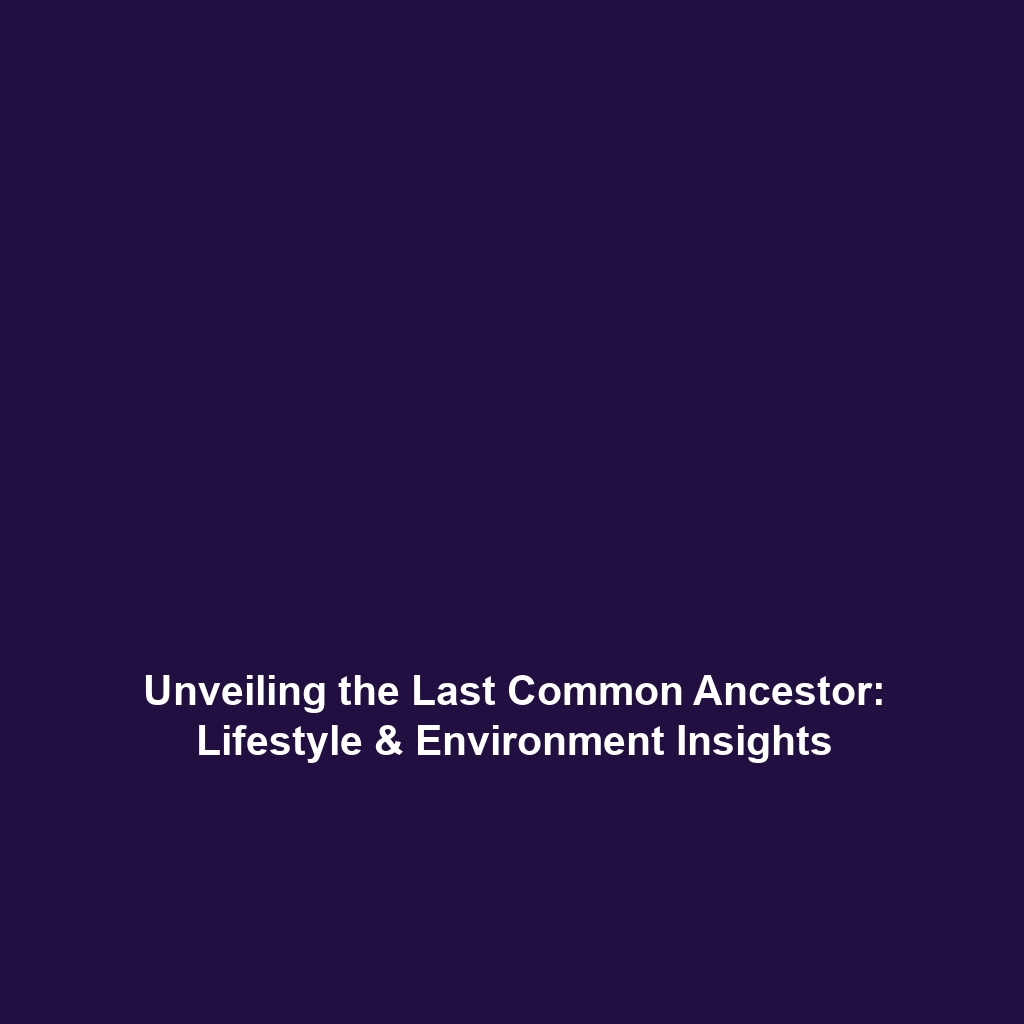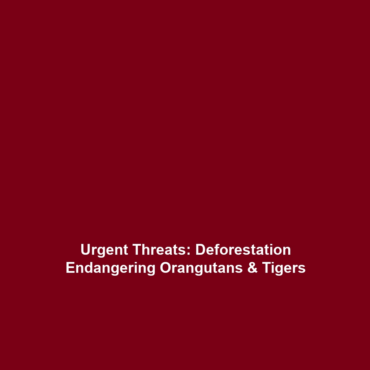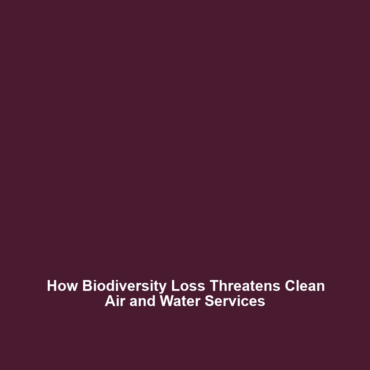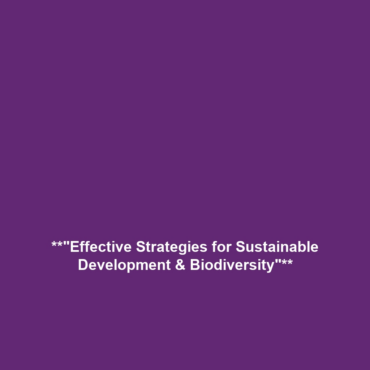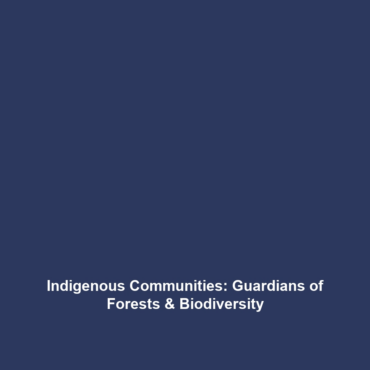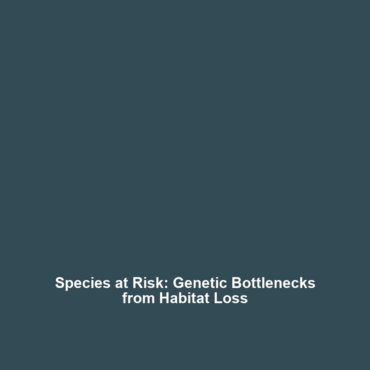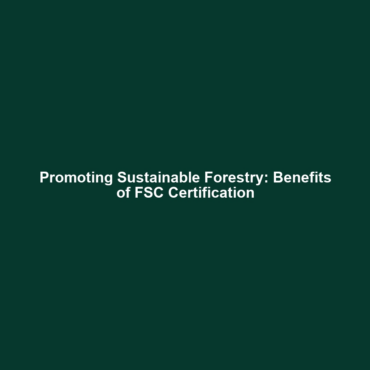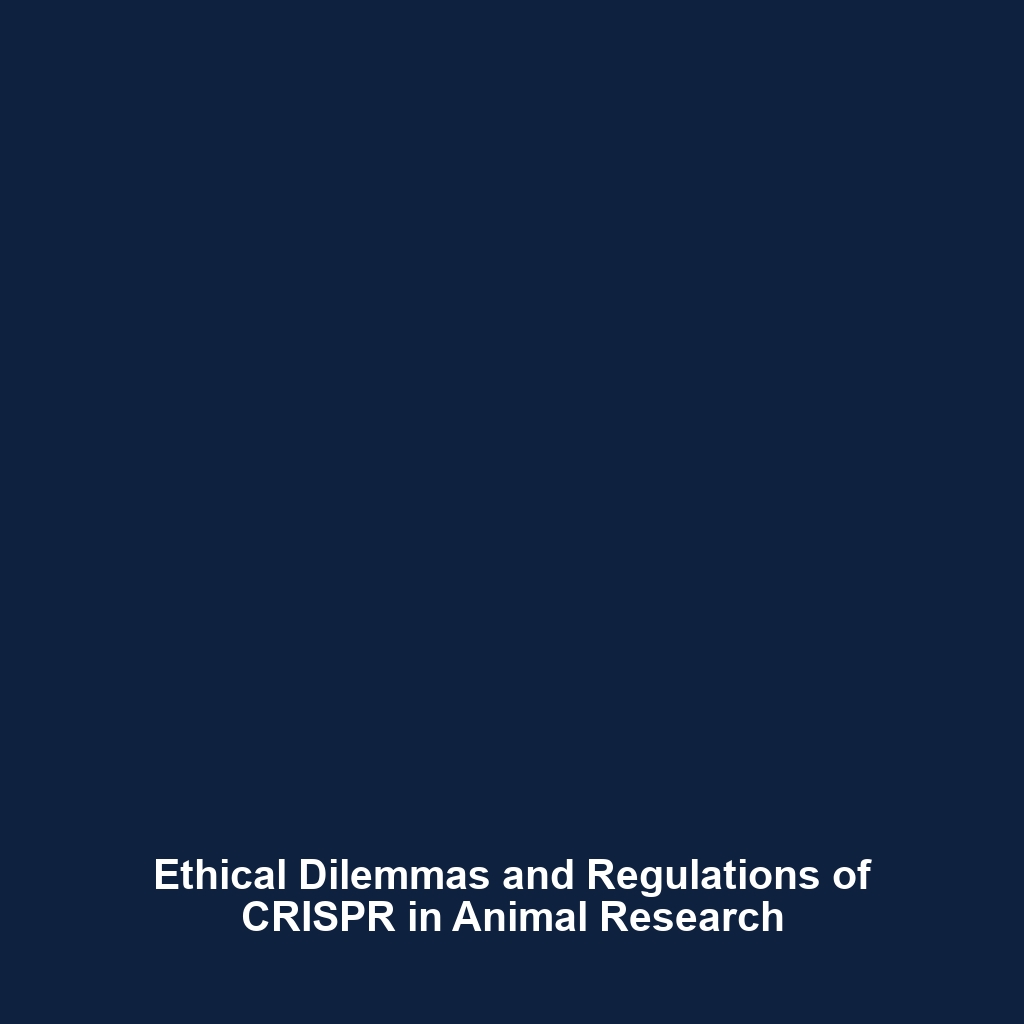Adaptive Strategies: What the Last Common Ancestor’s Lifestyle and Environment May Have Been Like
Introduction
The study of adaptive strategies offers critical insights into the lifestyle and environmental contexts of our last common ancestor, illuminating the evolutionary pathways that shaped modern humans. Understanding these strategies helps us comprehend the biological and ecological challenges faced by our ancestors, providing a framework for evolutionary adaptations observed in human evolution. This article explores the significance of these adaptive strategies and their broader implications within the field of human evolution.
Key Concepts
Adaptive Strategies Defined
Adaptive strategies refer to the behavioral, physiological, and morphological traits that enable organisms to thrive in their environments. For our last common ancestor, these strategies were vital for survival amidst changing climatic conditions and competing species.
Environment and Lifestyle of the Last Common Ancestor
The last common ancestor, which lived approximately 5-7 million years ago, is believed to have inhabited a variety of environments, ranging from forests to open savannahs. Key factors influencing their adaptive strategies included:
- Dietary Flexibility: Ability to consume diverse food sources.
- Social Structures: Development of social bonds for cooperative living.
- Locomotion: Adaptation to bipedal walking, enhancing mobility across different terrains.
Applications and Real-World Uses
The study of the last common ancestor’s adaptive strategies has numerous real-world applications in the field of human evolution:
- How adaptive strategies inform paleoanthropology: Understanding dietary needs and social structures helps reconstruct past human behaviors.
- Applications of evolutionary biology: Insights into adaptive traits can influence modern practices in conservation and biodiversity management.
Current Challenges
Researching adaptive strategies of our last common ancestor presents several challenges:
- Lack of Fossil Evidence: Incomplete fossil records make it difficult to draw comprehensive conclusions.
- Interpreting Environmental Contexts: Modern interpretations of ancient environments are often speculative.
- Technological Limitations: Advanced imaging and analysis tools are still developing, impacting research accuracy.
Future Research and Innovations
The field of human evolution is poised for breakthroughs in understanding adaptive strategies. Emerging technologies such as DNA analysis and virtual reconstructions of ancient habitats promise to shed new light on how our ancestors adapted to their environments. Future research may focus on:
- Genetic studies that trace the evolution of adaptive traits.
- Interdisciplinary approaches combining anthropology, ecology, and technology to provide holistic views of past lifestyles.
Conclusion
Understanding the adaptive strategies of our last common ancestor enriches our knowledge of human evolution, demonstrating how resilience and adaptability are pivotal to survival. As research continues to evolve, it is crucial to engage with the ongoing discoveries in this field. For further exploration of related topics, consider reading about the evolution of bipedalism or dietary adaptations in early humans.
